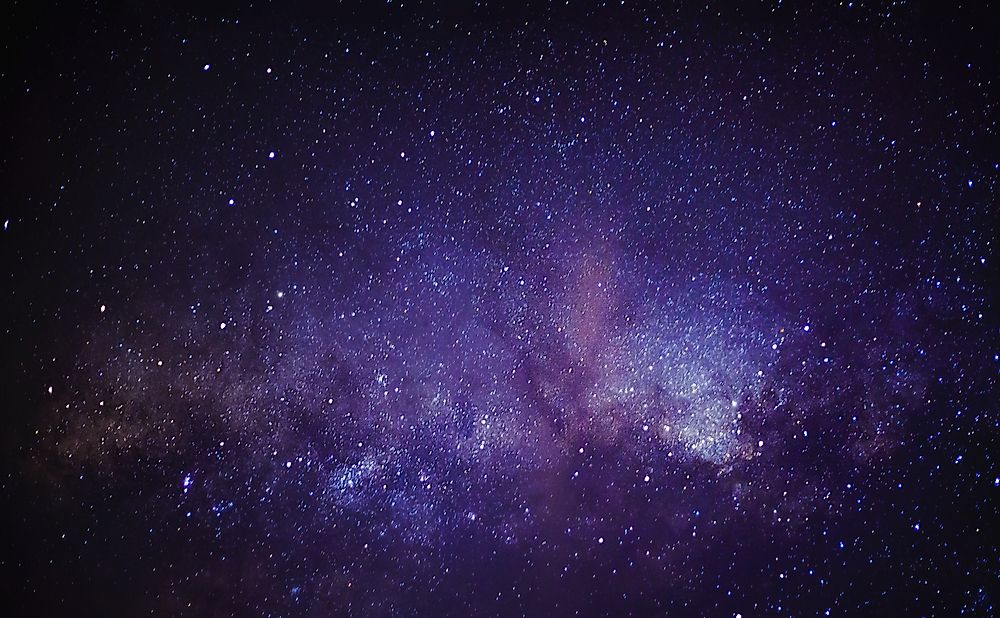Are There More Grains of Sand on Earth or Stars in the Universe?

American astronomer Carl Sagan once stated that “there are more stars in our Universe than there are grains of sand on all the beaches on Earth”. The question left people surprised at how big the universe is considering that the sand along the earth’s coastlines amounts to trillions of tones. There is no definite way to determine the exact number of stars in the universe and the number of sand grains along the shores but mathematical estimations can be made.
How Many Stars Are There in the Universe?
Finding the answer to the number of stars in our universe involves generating a mathematical problem of - dare we say it - cosmic proportions. The Milky Way Galaxy has between 100 and 400 billion stars. There are more than 100 billion galaxies in the universe with some researchers placing the figure at about 500 billion. The lowest number of stars that can be found in the universe is ten sextillion (10 billion billion) and 200 sextillions at the higher end. These are huge numbers that are incomparable to anything on earth.
How Many Grains of Sand Are There on Earth?
A single grain of sand found on the beach is half a millimeter in diameter. Twenty grains make up about a centimeter, and 8,000 make up one cubic centimeter. To calculate the volume of sand, you need to determine the amount of coastline that consists of sandy beaches. Dr. Jason Marshall “The Math Dude” estimates the volume of the beaches to be 700 trillion cubic meters. Mathematically, the figure amounts to five sextillion grains of sand. The mathematician suggests that this is just an estimate and the number could change by a factor of two to a low of 2.5 and a high of 10 sextillions.
Conclusion
A mathematical conclusion can be made that the least number of stars is equal to the highest number of sand grains. However, it is likely that there are five to ten times most stars than sand on the beaches. In 2016 researchers, observing images from the Hubble Space Telescope stated that there could be more than 2 trillion galaxies in the observable universe, which is ten times more than the highest number expected. This is in addition to the fact that the entire universe cannot be observed by any telescope on the earth.











